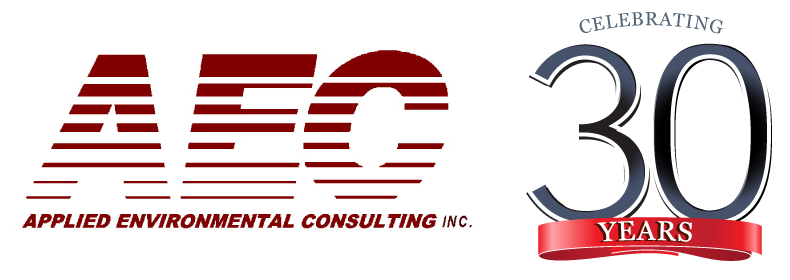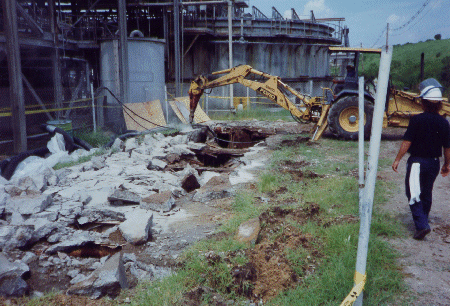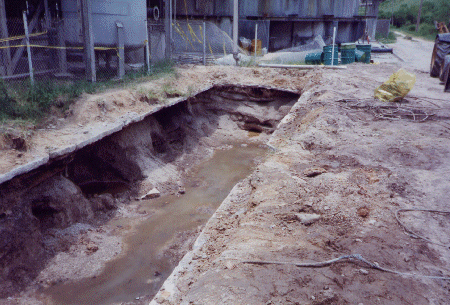Our Experience
The process of removing radioactive contaminants from a licensed facility to the extent that the release of the site to members of the public can be completed. The decommissioning process requires the preparation of Decommissioning Plan to be approved by the appropriate Agreement State or the U. S. Nuclear Regulatory Commission prior to beginning the demolition. Once completed, the licensed can be terminated and the liability of the licensed materials is removed.
Examples of Decommissioned sites include:
Kaolin mining operations that produced kaolin products created the Technologically-Enhanced Naturally Occurring Radioactive Materials (TENORM) residues that were regulated. These pipes, tanks, valves, pumps and ancillary structures required the decommissioning process to terminate the license. This has been satisfactorily completed in Georgia and South Carolina.
Research & Development studies uses Carbon-14 tracers for determining the efficacy and tenatiousness of herbicides and pesticides in the field setting. Once these studies are completed, the field site needs to be decommissioned in order for the license to be terminated. This has been completed in CALIFORNIA, FLORIDA, GEORGIA, ILLINOIS and TEXAS.
FERTILIZER COMPANIES that use phosphoric acid to make the fertilizers create the TENORM residues on the infrastructure and equipment. These plants require the regulatory process of decommissioning in order to remove the regulatory liability of managing the site. To date, four PHOSPHORIC ACID plants have been satisfactorily decommissioned.
Natural uranium was extracted from the phosphate material. Four Uranium Recovery Operations were established in Florida extracting the uranium from phosphoric acid. After the need for uranium dropped, companies began to remove those facilities. AEC provided the radiological oversight for decommissioning and dismantling of three facilities.
This included:
- providing the pre-survey decommissioning survey,
- developing the decommissioning plan and health & safety program for regulatory review,
- negotiating the conditions with the regulatory agency,
- assisting in reviewing demolition contractors,
- providing training to on- site personnel,
- providing on-site QA of the procedures and releasable items,
- performing a post-survey,
- performing dose modeling, and
- preparing the final report.
These actions are necessary to terminate the radioactive materials license and release the financial bonding required by the State of Florida.
When multiple activities involving a variety of contractors are on site, time is money. It is imperative to define all the regulatory requirements prior to the start of decommissioning. AEC assures this.
Call us for more information.







